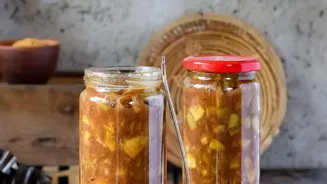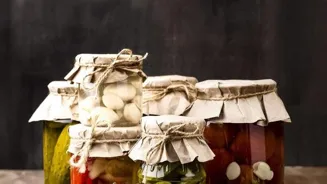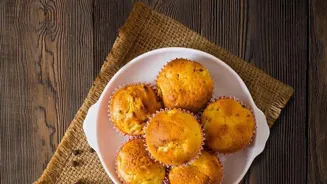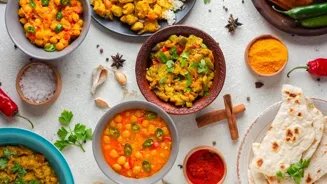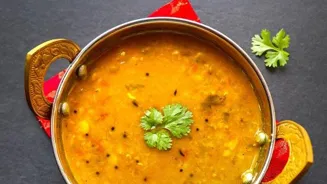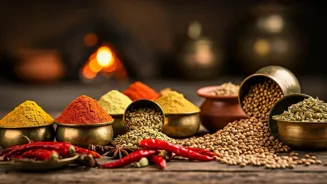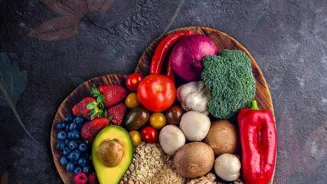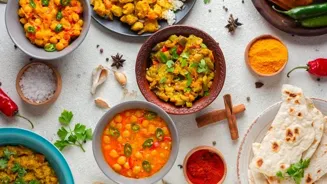Delve into the world of Indian pickles, a flavorful journey through tradition, ingredients, and cultural significance. Discover more!
India, a land of diverse cultures and vibrant traditions, is also a land of incredible
culinary experiences. Among the many treasures of Indian cuisine, pickles hold a special place.

More than just a condiment, Indian pickles, or achaars as they are lovingly called, are a testament to the art of preserving flavors, a tradition passed down through generations.
From the tangy mango pickles of the South to the spicy lime pickles of the North, each region boasts its unique pickle recipes, reflecting the local produce and culinary preferences. These pickles are not just about taste; they are about memories, family, and a connection to the land.
They represent resourcefulness and the ability to transform simple ingredients into long-lasting culinary delights. So, let us embark on a journey to understand the intricate world of Indian pickles, exploring their history, ingredients, preparation methods, and cultural significance.
Indian pickles: artful preservation of flavors through generations
The history of Indian pickles is deeply intertwined with the country's agricultural practices and climatic conditions. In a time before refrigeration, preserving food was a necessity, and pickling emerged as a clever solution.
The abundance of fruits and vegetables during harvest season was skillfully preserved to ensure a supply of nutritious food throughout the year. This practice gradually evolved into an art form, with families developing their own unique recipes and passing them down through generations.
Different regions experimented with various spices and techniques, resulting in the vast array of pickles we see today. The process wasn't just about preservation; it was also about enhancing the flavor of the ingredients, creating a symphony of tastes that tantalized the palate.
The sun played a crucial role in the traditional pickling process, acting as a natural dehydrator and aiding in the fermentation process.
Indian pickles use varied ingredients like fruits, spices, oil, and salt for flavor and preservation
The ingredients used in Indian pickles vary greatly depending on the region and the type of pickle being made. However, there are some common elements that form the foundation of most pickle recipes.
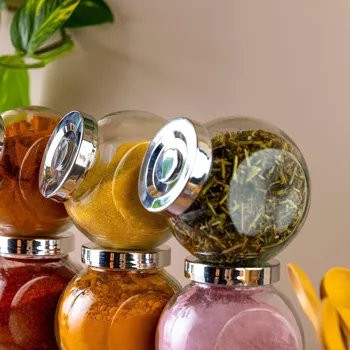
These include fruits and vegetables like mangoes, lemons, limes, carrots, cauliflower, and green chilies. Spices are the heart and soul of Indian pickles, adding layers of flavor and complexity.
Turmeric, red chili powder, fenugreek seeds, mustard seeds, asafoetida (hing), and coriander seeds are some of the most commonly used spices. Oil, usually mustard oil or sesame oil, acts as a preservative and adds richness to the pickle.
Salt is another essential ingredient, playing a crucial role in the fermentation process and preventing spoilage. The quality of the ingredients is paramount in determining the taste and shelf life of the pickle.
Indian pickles: meticulous process of preparation for tangy flavor
The preparation of Indian pickles is a meticulous process that requires patience and attention to detail. The first step involves carefully selecting and washing the fruits or vegetables. They are then cut into smaller pieces and left to dry in the sun for a few hours to remove excess moisture.

This step is crucial as it prevents the pickle from becoming soggy. Next, the vegetables are mixed with salt and spices and left to marinate for a few days. This allows the flavors to meld together and the vegetables to release their natural juices.
The mixture is then transferred to sterilized glass or ceramic jars and topped with oil. The jars are then placed in the sun for several weeks, allowing the pickle to ferment and mature. The fermentation process is key to developing the characteristic tangy and sour flavor of Indian pickles.
Indian pickles: integral to cuisine, culture, health benefits, and tradition
Indian pickles are more than just a condiment; they are an integral part of Indian cuisine and culture. They are typically served as an accompaniment to meals, adding a burst of flavor and enhancing the overall dining experience.
A small spoonful of pickle can transform a simple meal of rice and dal into a culinary delight. Pickles are also believed to have several health benefits. The fermentation process produces probiotics, which are beneficial for gut health.
Spices like turmeric and fenugreek are known for their anti-inflammatory and antioxidant properties. Pickles are often given as gifts during festivals and special occasions, symbolizing good luck and prosperity.
Making pickles is often a family affair, with multiple generations coming together to share their expertise and create a batch of delicious pickles.
Indian pickle making: a blend of tradition and innovation shapes a flavorful future
The art of making Indian pickles is a delicate balance between tradition and innovation. While many families still follow traditional recipes passed down through generations, there is also room for experimentation and creativity.
New ingredients and spice combinations are constantly being explored, resulting in a wide range of unique and exciting pickle varieties. However, the fundamental principles of preserving and enhancing flavor remain the same.
The future of Indian pickles looks bright, with a growing appreciation for artisanal and homemade pickles. As people become more aware of the health benefits and the cultural significance of pickles, they are increasingly seeking out authentic and high-quality options.
The tradition of making and enjoying Indian pickles is sure to continue for generations to come, preserving the flavors of India for the world to savor.
